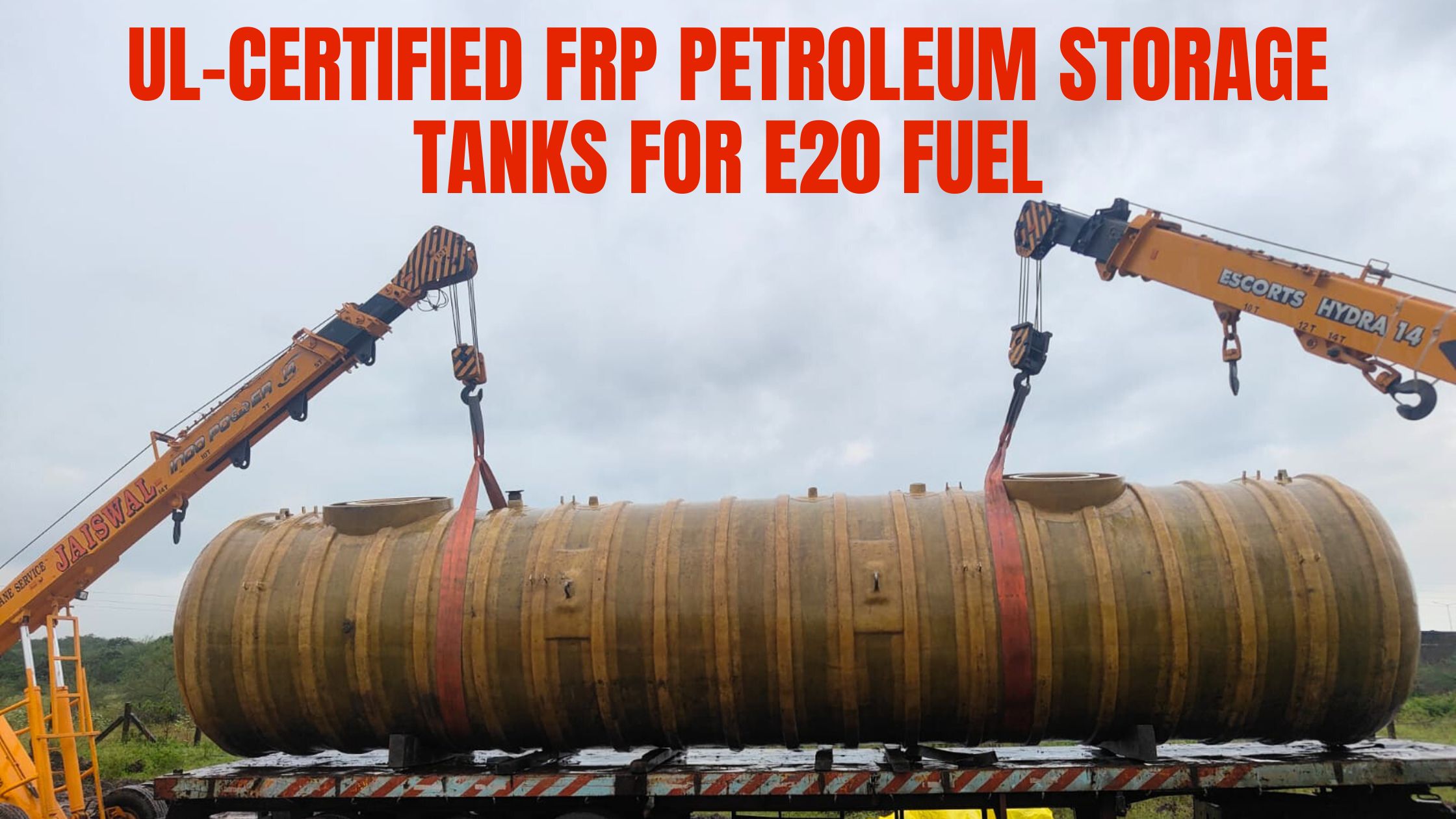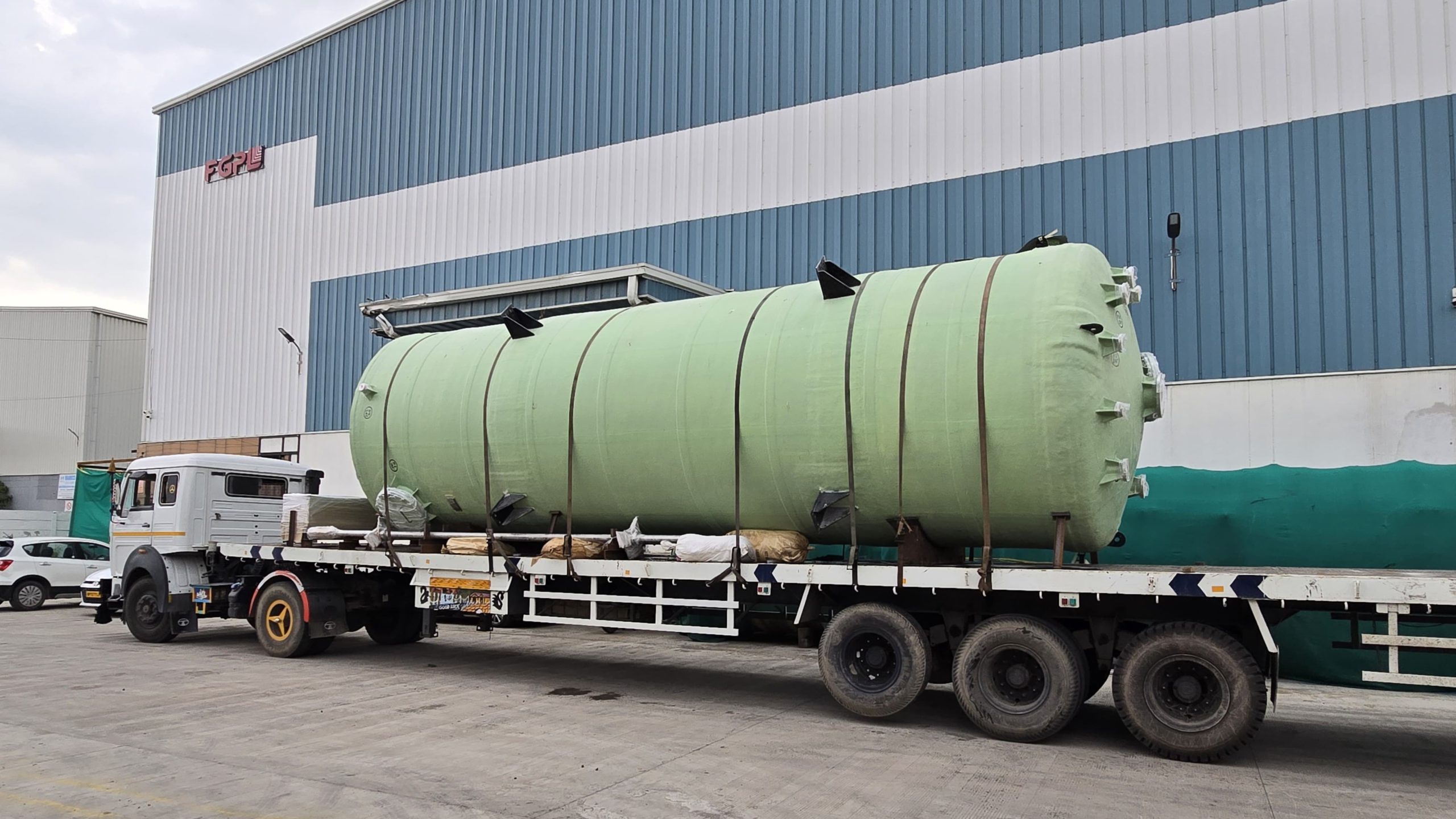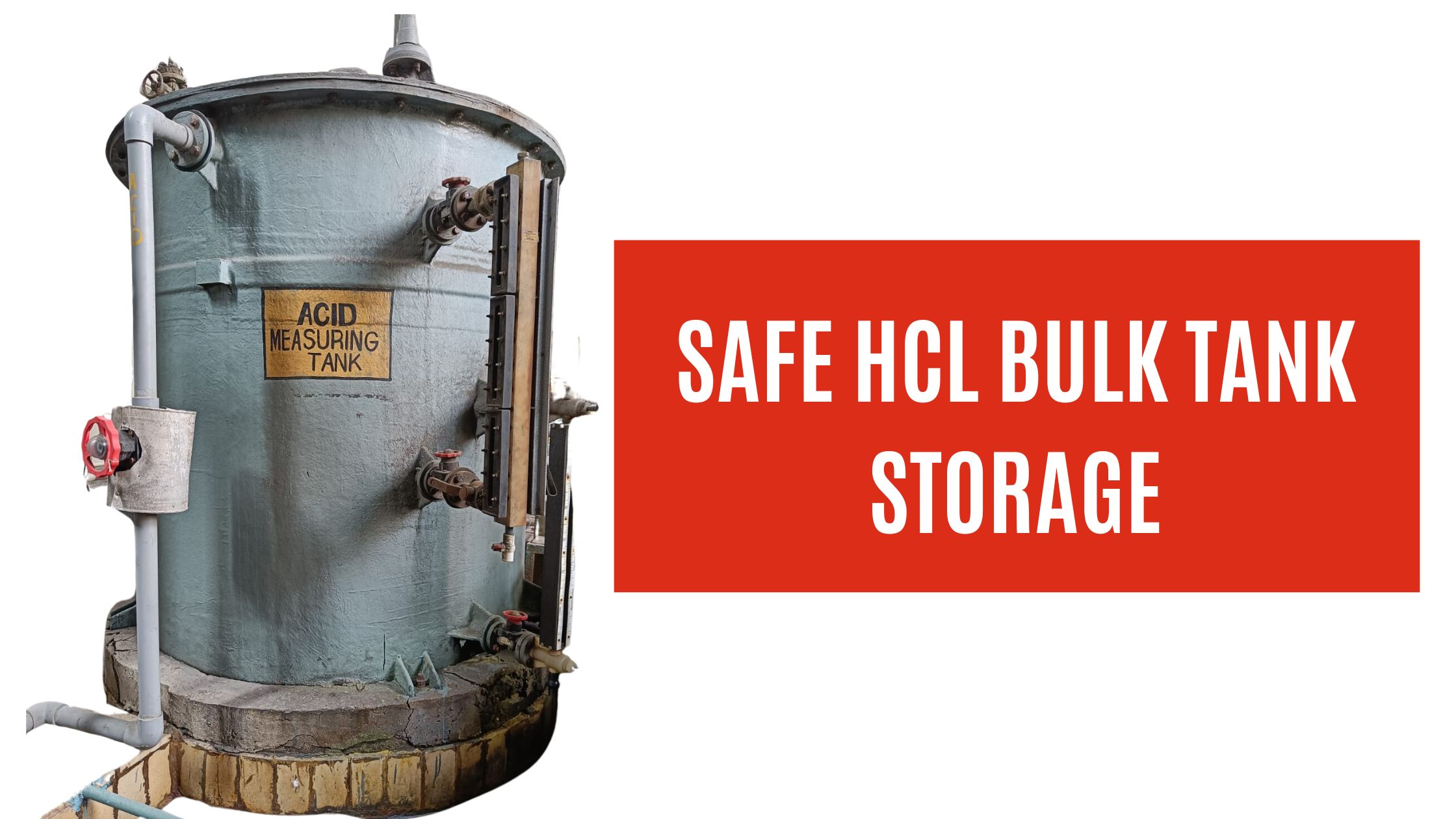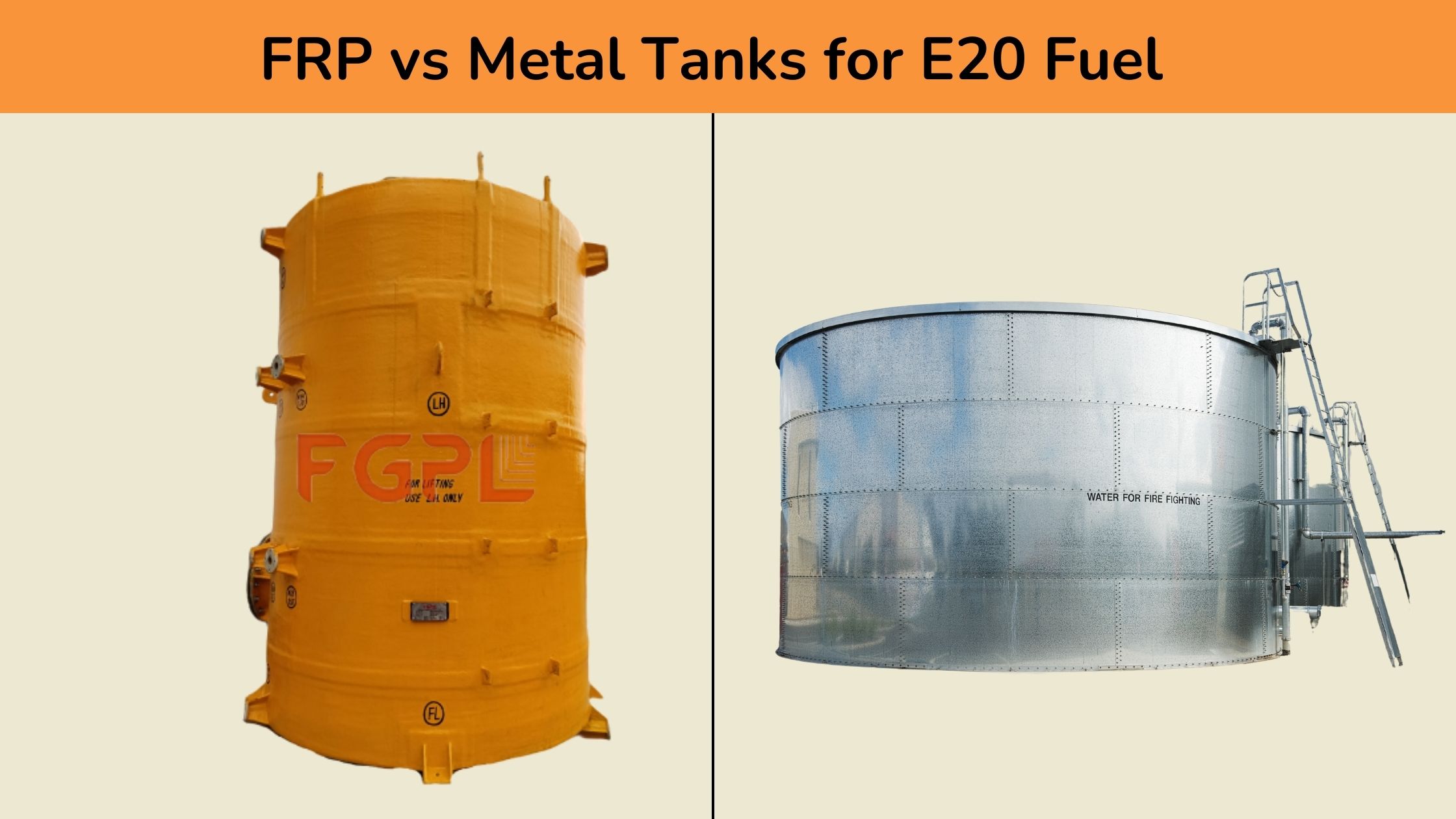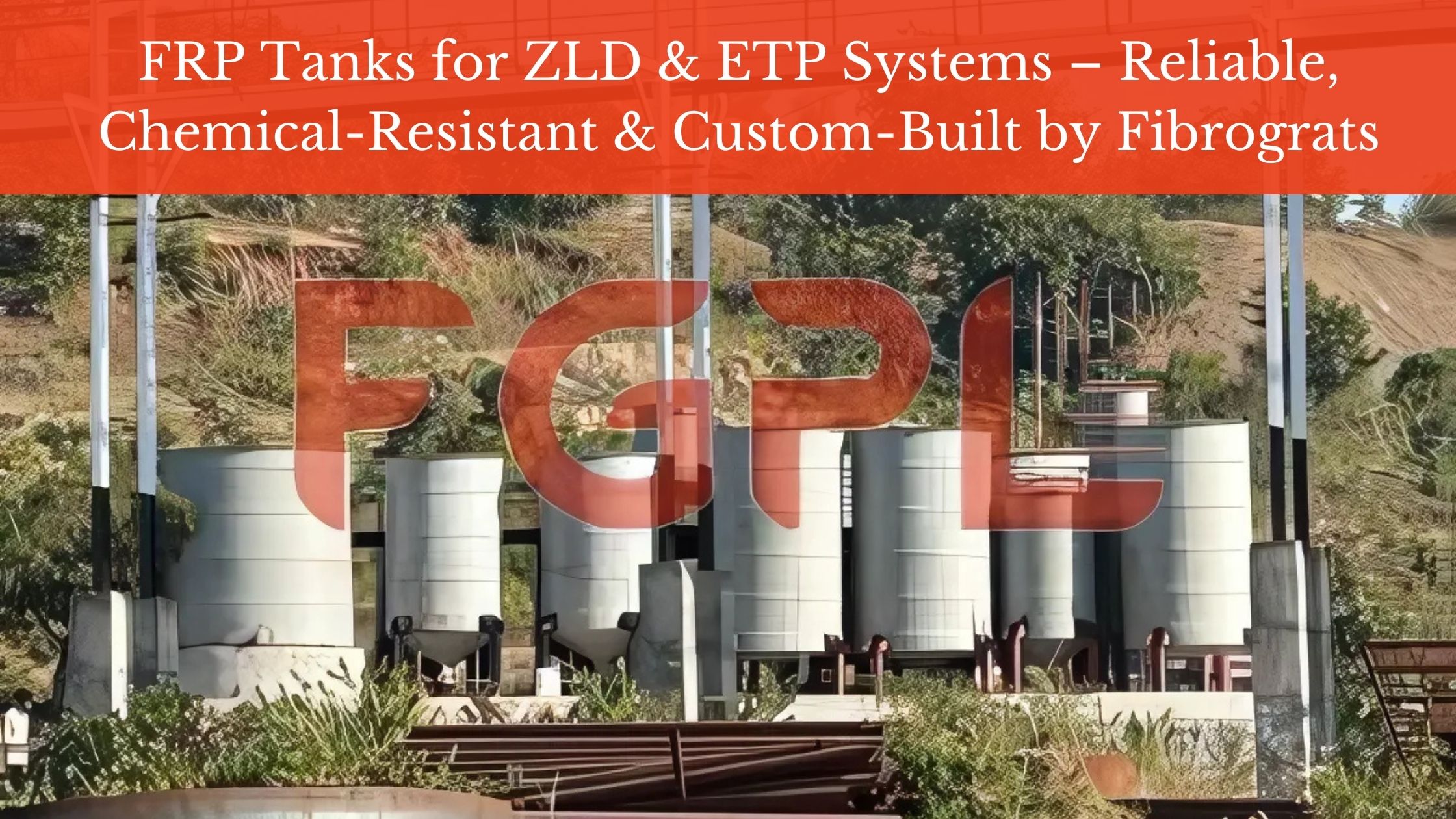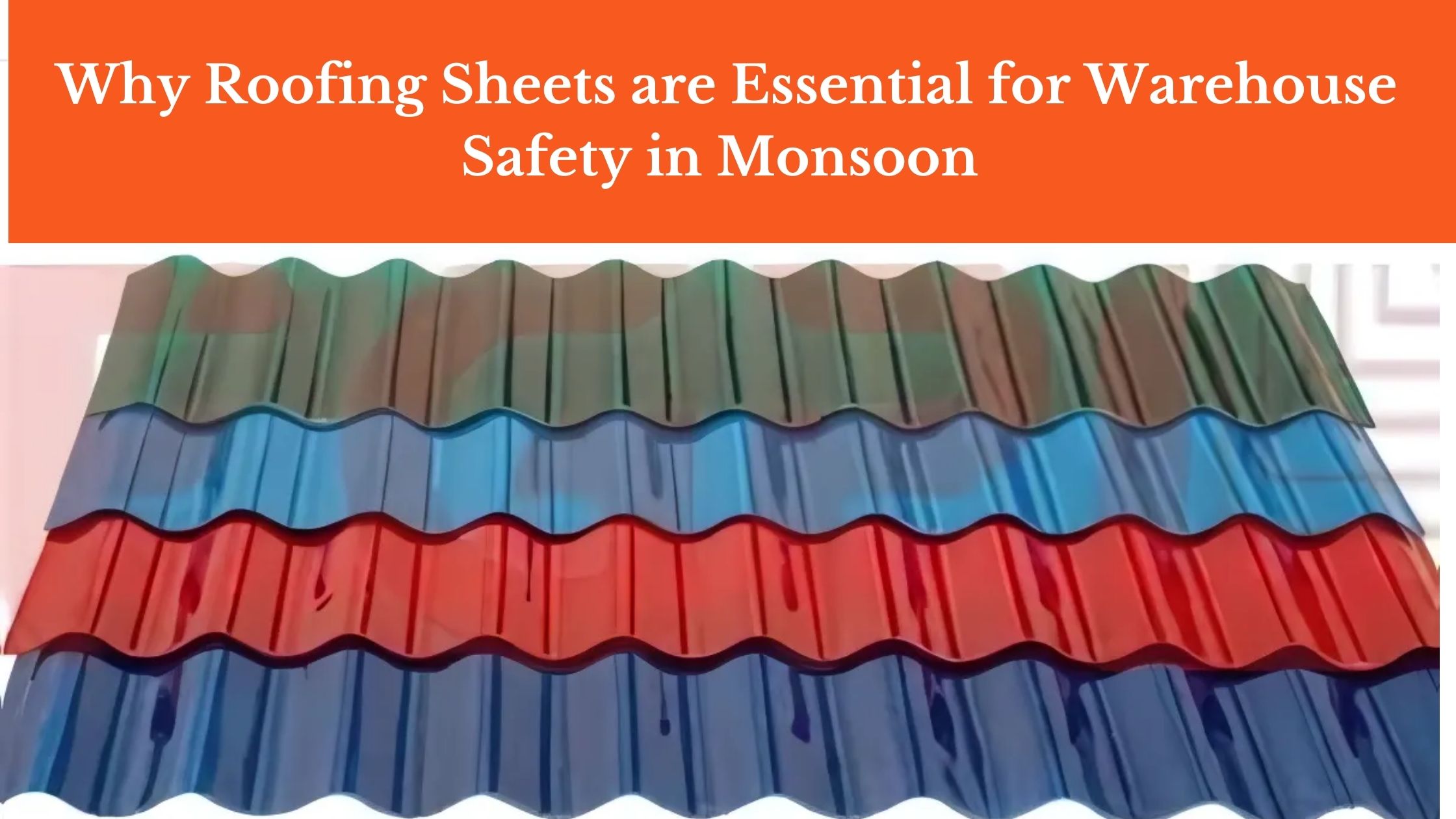Selecting the right materials for construction and manufacturing projects is vital for achieving durability and cost-efficiency. FRP (Fiberglass Reinforced Plastic) sheets have emerged as a superior alternative to traditional materials like metal, wood, and standard plastic sheets. These composite materials, composed of a polymer matrix reinforced with fibers, offer unique benefits such as exceptional durability, corrosion resistance, and lightweight properties. Understanding the differences between FRP sheets and traditional sheets is crucial for making informed choices that can improve performance, lower costs, and enhance sustainability. This blog will explore why FRP sheets are a smart choice over traditional sheets, emphasizing their properties and advantages in various applications.
What are FRP Sheets?
FRP sheets are composite materials made from a polymer matrix reinforced by glass fibers. The polymer matrix, usually made from polyester resin, vinyl ester resin, or epoxy resin, forms the base structure while the glass fibers provide strength and stability. FRP sheets offer superior mechanical properties and are suitable for a wide variety of applications. FRP sheets are unique in that they can be tailored to specific project requirements, such as thickness, resin type, and fiber orientation.
The Properties and Characteristics of FRP sheets Distinguish them from Traditional Materials:
Durability
FRP sheets are highly durable due to the superior strength of the glass fibers. FRP sheets can withstand high mechanical loads and impact without distortion or cracking.
Corrosion resistance
FRP sheets offer excellent corrosion resistance, making them suitable for use in conditions where moisture, chemicals, and saltwater are present.
Lightweight
Unlike metal sheets, FRP sheets are lightweight and easy to handle and install. This reduces labor costs and logistics.
Flexibility and compatibility
FRP sheets can be easily installed using standard tools, making it easier to cut, drill, and fit.
Cost-effectiveness
Although the initial investment is higher, FRP sheets offer minimal maintenance and have a long lifespan, resulting in substantial cost savings over the life of the product. All of these factors combine to make FRP a preferred choice for industries like construction, transportation, and agriculture where durability, environmental factors, and cost savings are at the forefront.
Understanding Traditional Sheets
- Types of traditional sheets
Different types of traditional sheets are available, such as metal, wood, and plastic. Metal sheets, like steel and aluminum, are often chosen for their robustness and longevity. Wood sheets, such as plywood and hardwood, are preferred for their natural beauty and flexibility. Plastic sheets, including PVC and polycarbonate, are valued for their light weight and ability to withstand various weather conditions. Each type possesses unique qualities that make them suitable for specific uses.
- Common uses and applications
These conventional sheets are extensively utilized in various applications. Metal sheets are commonly used in the construction industry for roofing, cladding, and structural support owing to their durability. Wood sheets are applied in furniture production, interior design, and construction due to their visual appeal and user-friendly nature. Plastic sheets are frequently used in signage, glazing, and protective coverings thanks to their flexibility and ability to withstand environmental elements. However, despite their popularity, these materials have notable disadvantages.
- Limitations and drawbacks compared to FRP sheets:
Susceptibility to corrosion:
Metal sheets, especially steel, are susceptible to rust and corrosion if they come into contact with moisture and chemicals. Therefore, it is essential to perform routine maintenance and apply protective coatings to prevent degradation and prolong their longevity.
Weight and handling issues:
Metal and wood, as traditional materials, possess a considerably greater weight compared to FRP sheets. This substantial weight contributes to the intricacy and expenses associated with transportation and installation, necessitating additional labor and specialized equipment. Consequently, the overall project costs are elevated.
Maintenance requirements
Conventional sheets typically require frequent upkeep to avoid problems such as corrosion, decay, and overall deterioration. This continuous maintenance, which involves treatments and repairs, results in increased expenses over time and the possibility of downtime in different scenarios.
Comparing FRP Sheets and Traditional Sheets
Performance and durability:
Resistance to corrosion and chemicals: FRP motor enclosures demonstrate outstanding durability against corrosion and chemical exposure, providing extended protection for motors operating in corrosive settings. In contrast to metal enclosures, FRP enclosures are impervious to rust and deterioration, even under severe chemical conditions. Longevity compared to traditional materials: FRP motor covers provide enhanced durability and longevity when compared to conventional materials like metal or plastic. Their natural strength and ability to withstand environmental elements make them a wise and cost-efficient choice for industrial use.
Installation and maintenance:
The installation process is made easier and more cost-effective with the use of FRP sheets due to their lightweight nature. This not only reduces labor costs but also saves time. Moreover, FRP sheets can be effortlessly cut and molded to meet specific needs. In addition to these advantages, FRP sheets demand minimal maintenance in comparison to conventional materials. Unlike traditional materials that often require regular upkeep to prevent rust, decay, or other forms of deterioration, FRP sheets offer a hassle-free maintenance experience.
Cost-effectiveness:
FRP sheets may come at a higher initial cost, but their long-term cost-effectiveness is apparent. Reduced maintenance, fewer replacements, and an extended lifespan result in significant savings over time. In contrast, traditional materials often lead to higher long-term expenses due to frequent repairs and maintenance requirements.
Environmental impact:
FRP sheets provide environmental advantages, such as decreased resource usage and a smaller carbon footprint, thanks to their long-lasting nature and low maintenance needs. In contrast, conventional materials, particularly those susceptible to corrosion and decay, contribute to environmental deterioration by requiring frequent replacements and protective treatments.
Factors to Consider When Choosing Between FRP and Traditional Sheets
Project requirements and specifications:
It is important to take into account the particular requirements of your project when choosing materials. FRP sheets are known for their exceptional performance in challenging conditions thanks to their strong durability and resistance to corrosion. While conventional materials may be suitable for less demanding tasks, the versatility of FRP makes it a perfect choice for a wide range of industries such as construction, transportation, and agriculture
Budget constraints:
Consider both the initial expenses and the long-term financial consequences. While FRP sheets may require a higher upfront investment, their longevity, and minimal maintenance needs can lead to substantial savings in the future. On the other hand, conventional materials might be more affordable at the beginning but frequently entail greater expenses over time for repairs and replacements.
Long-term maintenance considerations:
FRP sheets offer a low-maintenance solution in contrast to conventional materials that demand frequent upkeep to avoid problems such as corrosion and decay. This minimal maintenance requirement results in decreased long-term expenses and fewer interruptions for repairs, establishing FRP sheets as a cost-efficient option for various applications.
Environmental and sustainability goals
Take into account the environmental consequences and sustainability of the material you choose. FRP sheets are environmentally friendly because they have a long lifespan and require minimal maintenance and replacements. By decreasing resource usage and waste, FRP sheets support sustainable methods and contribute to reaching environmental objectives in your endeavors.
Conclusion
In conclusion, FRP sheets are much more durable, corrosion resistant, lightweight, and easy to install than traditional sheets. This makes them a sustainable and cost-effective option for a variety of applications. When it comes to choosing the right FRP sheet for your project, it’s important to consider your project’s specific needs. It’s also important to choose a manufacturer that you can trust. At Fibrograts, We specialize in high-quality, high-performance FRP sheets. As a manufacturer of FRP sheets, you can be sure you’re getting the best performance for your money.
Follow us on Facebook: @fibrograts


